Some brands seem too big to fail—until they do. Whether they ruled their industry for decades or defined an entire generation, many legendary companies vanished because of a single, devastating misstep. Whether it was bad leadership, a failure to adapt, or just being outpaced by the competition, these brands learned the hard way that even giants can fall. Here are 15 legendary brands that disappeared because of one critical mistake.
1. Blockbuster – Ignoring the Rise of Streaming
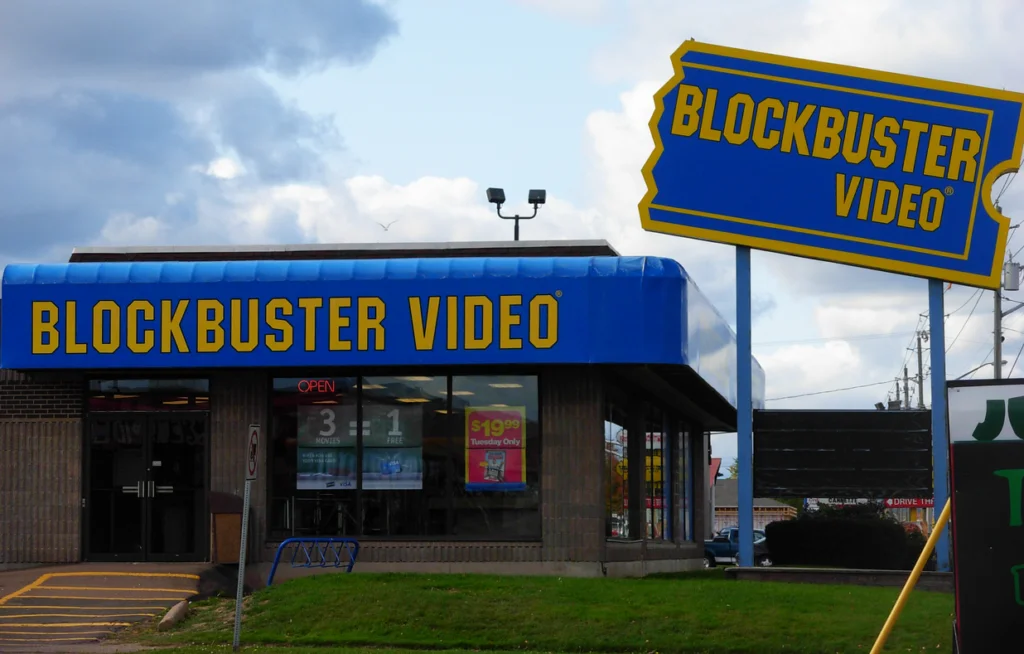
Blockbuster was once the king of video rentals, with thousands of locations across the U.S. But when Netflix offered to partner with them in the early 2000s, Blockbuster laughed off the idea. They failed to see the potential of streaming, sticking to their outdated late-fee model while customers moved online. By the time they tried to catch up, it was too late—Netflix had already changed the industry, and Blockbuster became obsolete. Business Insider further tracks this retailer’s rollercoaster journey.
Their downfall serves as a lesson in refusing to embrace innovation. Had they invested in digital rentals earlier, they might still be around today. Instead, the company closed its doors, leaving only one nostalgic store in Bend, Oregon. Blockbuster’s mistake wasn’t just missing streaming—it was thinking they were too big to be disrupted.
2. Toys “R” Us – Drowning in Debt
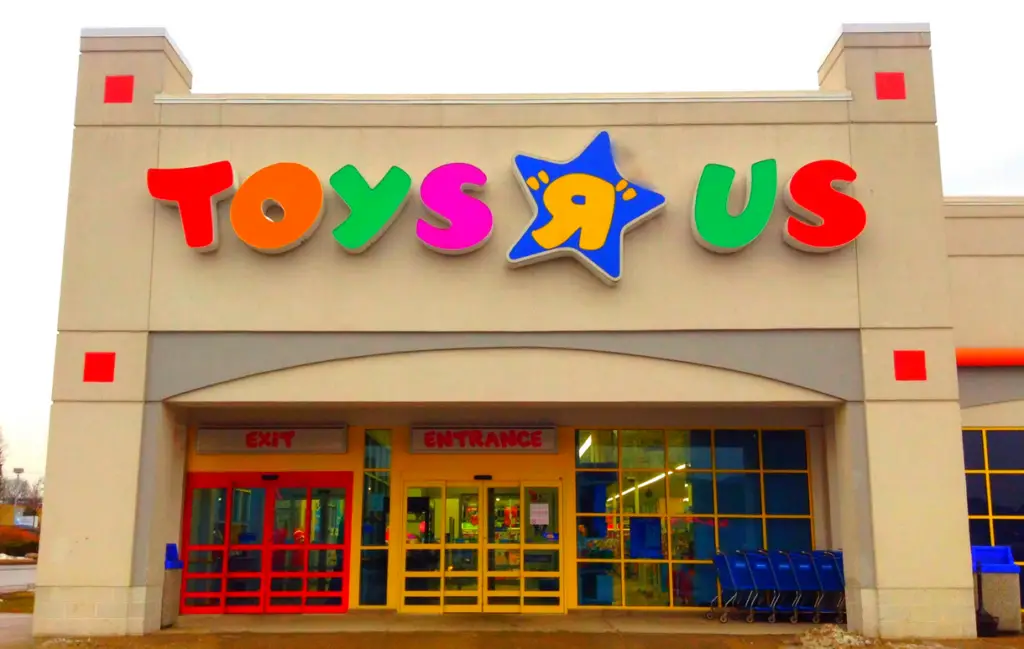
For generations, Toys “R” Us was the ultimate toy store, a paradise for kids and parents alike. But behind the scenes, the company was drowning in massive debt from a private equity buyout. This left them with little money to invest in updating stores or competing with online retailers like Amazon. When financial troubles hit, they couldn’t recover, and the brand collapsed. Knowledge at Wharton explores further what went wrong for this store that’s determined to come back from memory lane.
Their mistake? Prioritizing profits for investors over long-term business survival. Instead of adapting to e-commerce and modern retail trends, they stuck to their outdated business model. By the time they tried to reinvent themselves, customers had already moved on. Their bankruptcy in 2018 left a massive hole in the toy industry, proving that even beloved brands can fail.
3. Kodak – Refusing to Embrace Digital Photography
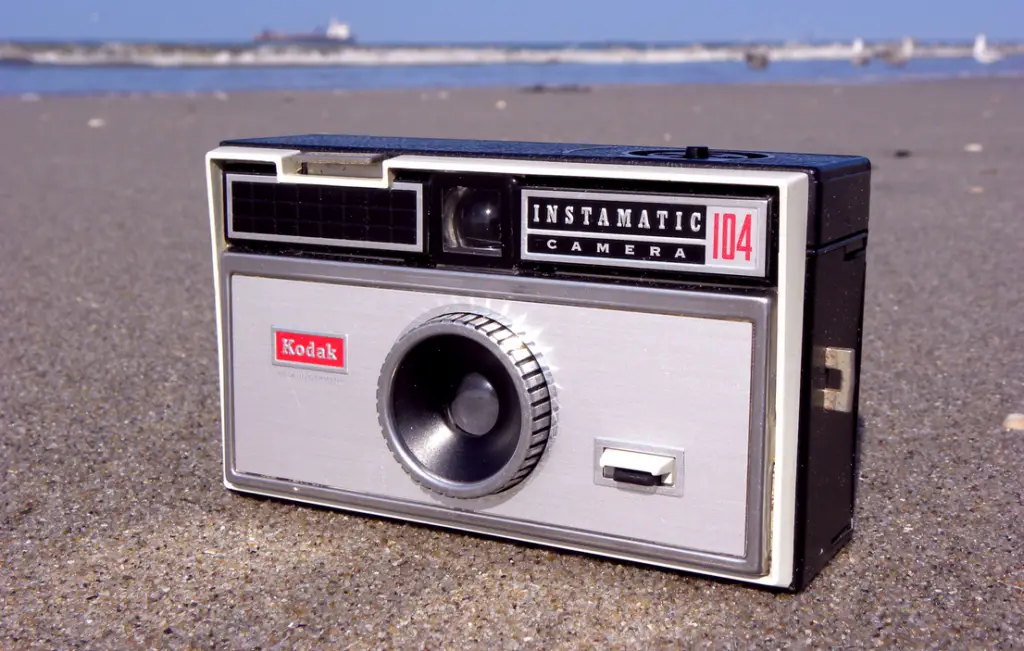
Kodak was once synonymous with photography, dominating the film and camera industry for decades. Ironically, they invented the first digital camera in 1975—but instead of capitalizing on it, they buried the idea to protect their film business. When digital photography took over in the 2000s, Kodak was left behind. Other companies, like Canon and Nikon, took the lead, and Kodak’s failure to adapt led to its downfall. Forbes tracks a strategic mistake that led to a decline decades in the making.
Had Kodak embraced digital instead of fearing it, they could have remained an industry leader. Instead, they went from being a household name to filing for bankruptcy in 2012. Their mistake was clinging to the past instead of shaping the future. The irony? The technology that destroyed them was their own invention.
4. Circuit City – Failing to Compete with Best Buy
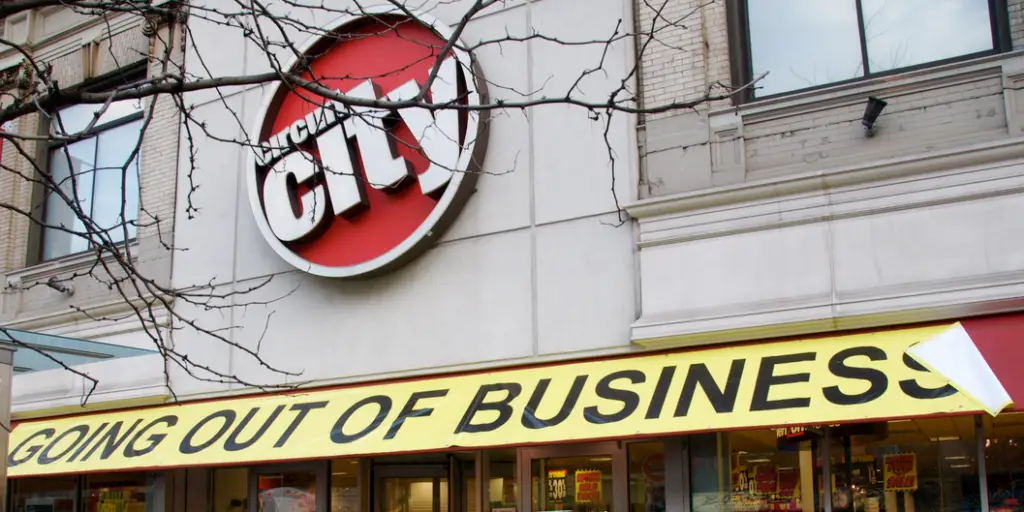
Circuit City was once the go-to electronics retailer, but a series of poor decisions led to its downfall. In an effort to cut costs, they laid off their most experienced salespeople, replacing them with lower-paid, less knowledgeable workers. Meanwhile, Best Buy invested in customer service, creating a more inviting shopping experience. Customers noticed, and sales at Circuit City plummeted. CBS News points to a handful of contributing factors that impacted Circuit City.
The critical mistake was thinking short-term cost-cutting would save them. Instead, they drove loyal customers away and lost their competitive edge. By 2009, they had filed for bankruptcy, leaving Best Buy as the last major electronics retailer standing. Sometimes, cutting corners costs you everything.
5. Pan Am – Expanding Too Fast

Pan Am was once the most glamorous airline in the world, symbolizing luxury air travel. But in their quest to dominate international routes, they over-expanded and took on massive debt. When fuel prices skyrocketed and airline deregulation changed the industry, Pan Am couldn’t keep up. Their financial troubles worsened after the tragic Lockerbie bombing in 1988, further damaging their reputation.
Their mistake was growing too fast without securing long-term stability. While other airlines adapted to the changing market, Pan Am collapsed in 1991. Today, their name survives only in nostalgia and pop culture references. The lesson? Even the biggest brands can crash if they don’t plan for turbulence.
6. RadioShack – Sticking to a Dying Market
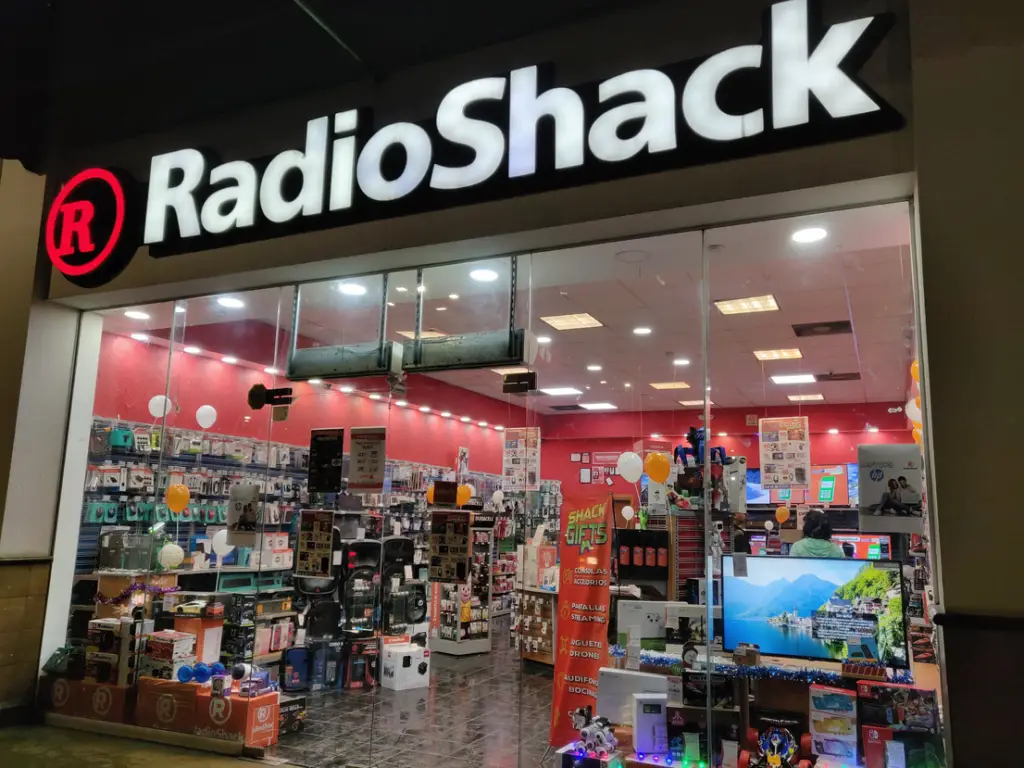
For decades, RadioShack was the place to go for electronics, batteries, and DIY tech supplies. But as consumer technology changed, they failed to evolve. Instead of embracing modern gadgets and online sales, they stuck to selling parts and accessories few people needed anymore. By the time they tried rebranding, Amazon and big-box stores had taken over.
Their biggest mistake was assuming their niche market would last forever. They ignored e-commerce and shifted focus too late, leading to bankruptcy. Once a tech giant, RadioShack became a relic, proving that even tech companies can fall behind the times.
7. Borders – Betting Everything on Physical Books

Borders was once a major bookstore chain, but their biggest mistake was ignoring digital trends. While Amazon and Barnes & Noble invested in e-books and online sales, Borders doubled down on physical stores. They even outsourced their online sales to Amazon, giving their biggest competitor an advantage. By the time they realized their mistake, it was too late.
Their failure to embrace e-books and digital shopping led to bankruptcy in 2011. Meanwhile, companies that adapted, like Barnes & Noble, managed to survive. Borders learned the hard way that ignoring technology can be a death sentence in retail.
8. BlackBerry – Ignoring Touchscreens
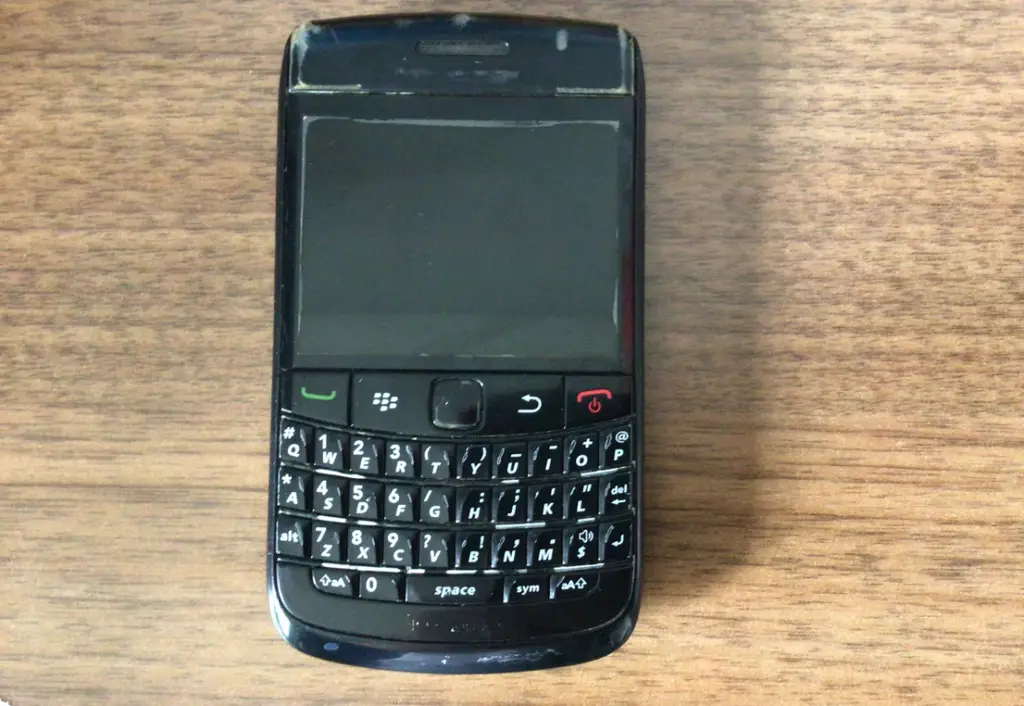
BlackBerry was the king of mobile phones in the early 2000s, beloved for its physical keyboard and secure messaging. But when Apple introduced the iPhone with a touchscreen, BlackBerry dismissed it as a gimmick. They failed to see that consumers wanted apps and larger screens, not tiny keyboards. As a result, Apple and Android devices took over, leaving BlackBerry in the dust.
Their mistake was underestimating the competition and refusing to change. By the time they introduced touchscreen models, customers had already moved on. Once a must-have for professionals, BlackBerry became a footnote in smartphone history.
9. Tower Records – Ignoring Digital Music
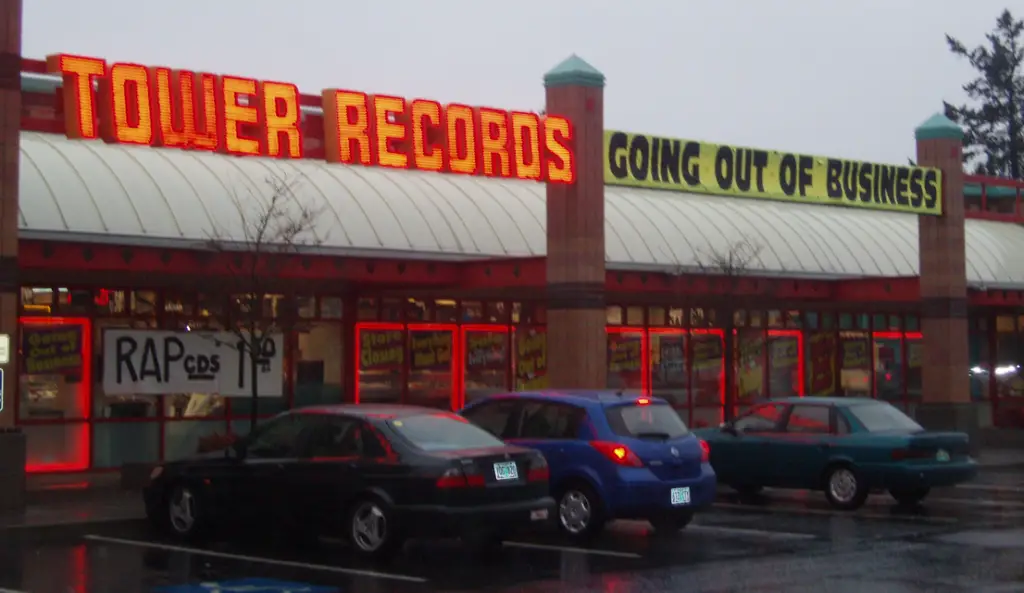
Tower Records was once the go-to store for music lovers, with massive locations filled with records, cassettes, and CDs. But when digital downloads and streaming took over, Tower stuck to its brick-and-mortar model. They underestimated how quickly consumers would shift to online music, and sales plummeted. By 2006, they had filed for bankruptcy.
Their mistake was failing to embrace digital sales and streaming. Instead of adapting, they let iTunes and Napster change the industry without them. The brand disappeared, leaving behind memories of a bygone era in music shopping.
10. Sears – Ignoring the Shift to Online Shopping
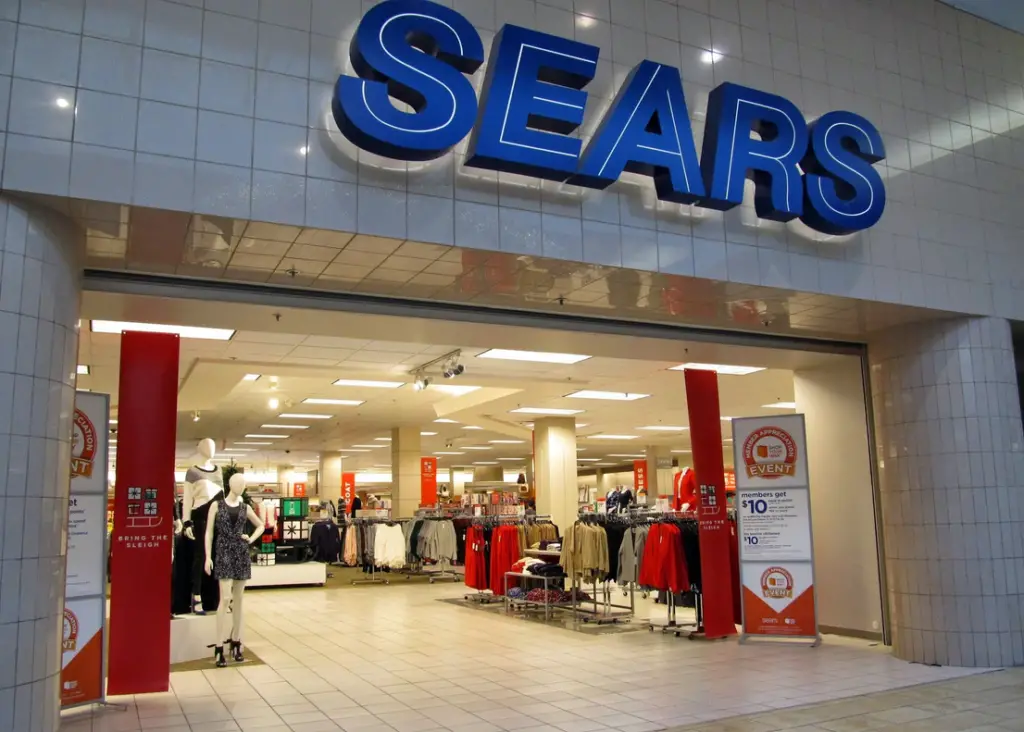
Once the largest retailer in America, Sears had everything—appliances, clothing, tools, and even a legendary catalog. But when online shopping took off, Sears failed to modernize. They neglected their stores, failed to invest in e-commerce, and let competitors like Amazon and Walmart take over. By the time they tried to catch up, their reputation was already fading.
Their mistake was failing to evolve with consumer habits. Today, Sears is a shadow of what it once was, with most of its stores closed. It’s a cautionary tale of what happens when a giant refuses to move with the times.
11. MySpace – Letting Facebook Take Over

In the mid-2000s, MySpace was the dominant social media platform, giving users the ability to customize their profiles, connect with friends, and even discover new music. But as Facebook entered the scene with a cleaner, more user-friendly experience, MySpace failed to adapt. Instead of improving functionality and focusing on user engagement, they cluttered the platform with ads and lost sight of what made it popular in the first place. The shift was gradual at first, but by the time MySpace tried to pivot, users had already flocked to Facebook.
Their mistake was underestimating the importance of user experience. MySpace allowed Facebook to outpace them by ignoring what users actually wanted—a simpler, more connected social network. While MySpace still exists in a limited form, it’s nothing compared to its former glory. Had they made the right adjustments, they might have remained a major player in social media.
12. Polaroid – Betting Too Much on Instant Film

Polaroid was once the leader in instant photography, with its iconic cameras producing prints within minutes. But when digital photography became mainstream, Polaroid refused to fully embrace the new technology. Instead, they doubled down on film, assuming that consumers would always want physical prints. By the time they introduced digital versions of their instant cameras, companies like Canon, Sony, and even smartphones had already taken over.
Their mistake was failing to see how quickly photography was evolving. While Polaroid made a nostalgic comeback in recent years, it was too late to reclaim its dominance. The brand that once revolutionized photography became a casualty of technological progress. Had they adapted sooner, they might have remained a major force in the industry.
13. Compaq – Losing to Dell’s Direct Sales Model
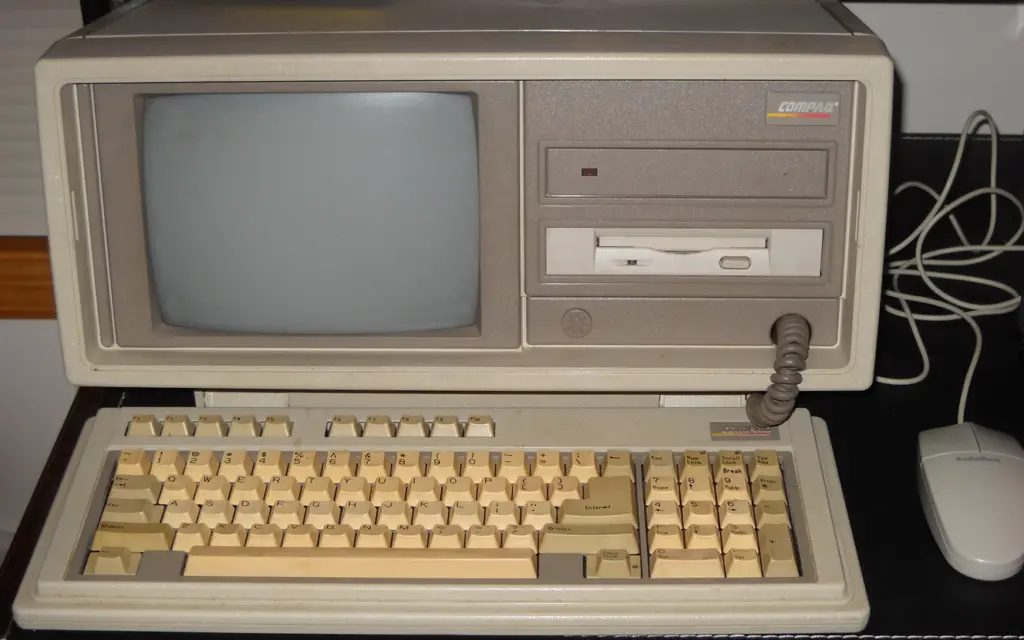
Compaq was once a powerhouse in the personal computer market, competing directly with IBM and Apple. But in the late 1990s, Dell introduced a direct-to-consumer sales model that allowed customers to customize their PCs and buy them online. Instead of adapting, Compaq stuck to selling through retailers, which led to higher costs and slower response times. Dell surged ahead, leaving Compaq struggling to keep up.
The mistake? Ignoring a major shift in how consumers wanted to buy technology. By the time Compaq tried to match Dell’s strategy, their brand had lost its competitive edge. Eventually, Hewlett-Packard acquired Compaq in 2002, and the once-dominant brand faded into obscurity.
14. Pier 1 Imports – Failing to Keep Up with Home Décor Trends

For decades, Pier 1 Imports was the go-to store for stylish and unique home décor. But as more customers shifted to online shopping and affordable competitors like IKEA, Wayfair, and Target gained traction, Pier 1 struggled to keep up. They failed to develop a strong online presence and didn’t adjust their pricing to stay competitive. By the time they launched a digital strategy, the damage was done, and they filed for bankruptcy in 2020.
Their mistake was underestimating how quickly home shopping habits were changing. Consumers were looking for convenience and affordability, and Pier 1 didn’t adapt fast enough. Although the brand still exists online after being acquired by a new company, it’s a fraction of what it once was. Another example of how failing to evolve can lead to a brand’s downfall.
15. Yahoo – Passing on Buying Google and Facebook

Yahoo was once one of the biggest names on the internet, dominating search engines, email, and online news. But their biggest mistake wasn’t just one—it was multiple missed opportunities. In the early 2000s, Yahoo had the chance to buy Google for just $1 billion but turned it down. Later, they could have acquired Facebook for $1.1 billion but walked away from the deal.
These blunders cost Yahoo its leadership position on the internet. Google took over search, and Facebook became the dominant social media giant. Yahoo never recovered, and after years of struggling, it was eventually sold to Verizon in 2017. Had they made the right investments, they could have been one of the most powerful tech companies in the world today.
Even the biggest brands can disappear if they make one fatal mistake. Whether it was failing to embrace new technology, expanding too quickly, or underestimating the competition, these legendary companies all paid the price for their missteps. Their stories serve as a reminder that no brand is too big to fail—and that in business, adapting is the key to survival.


